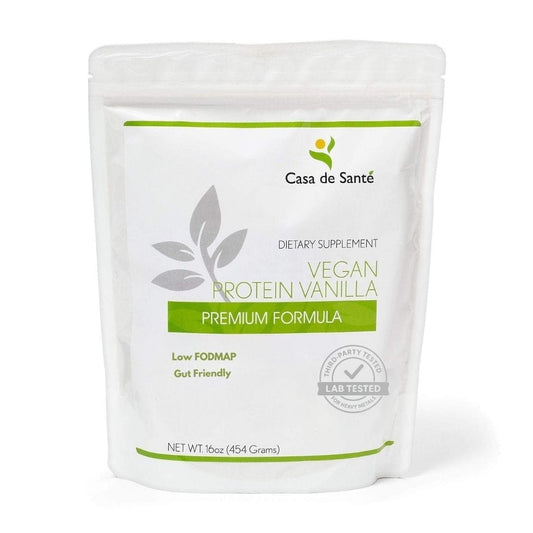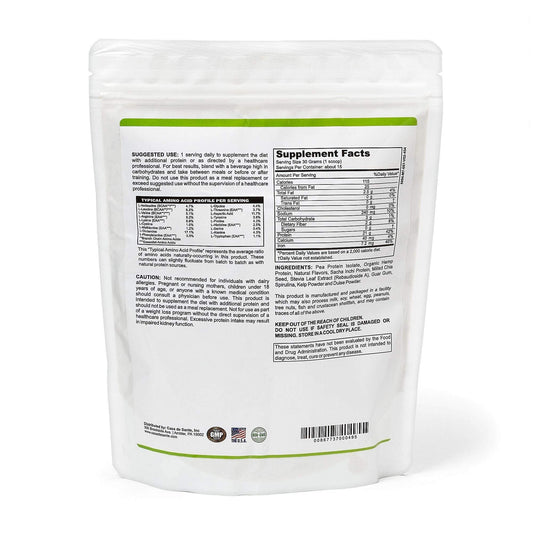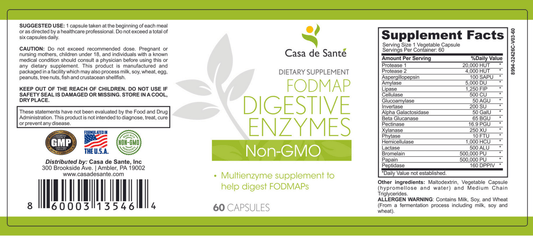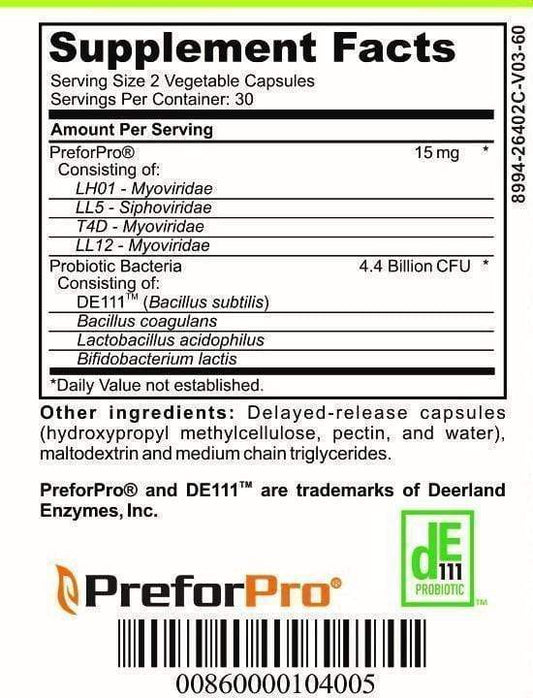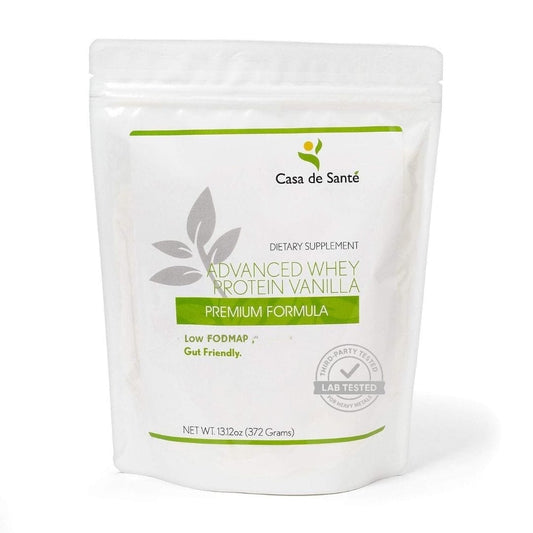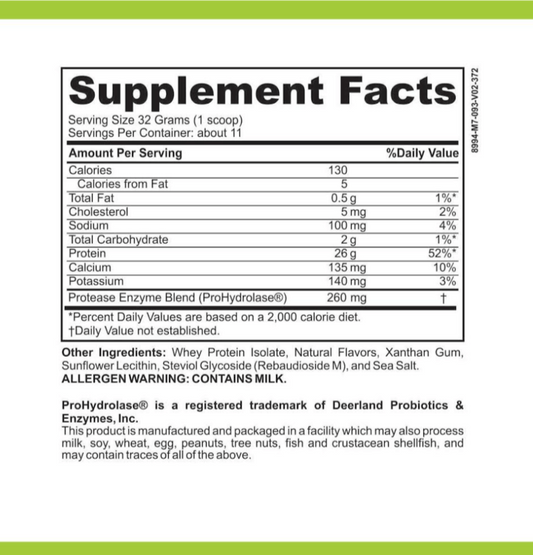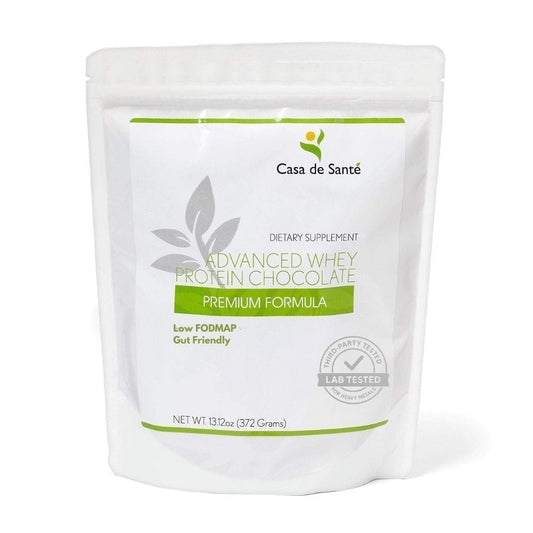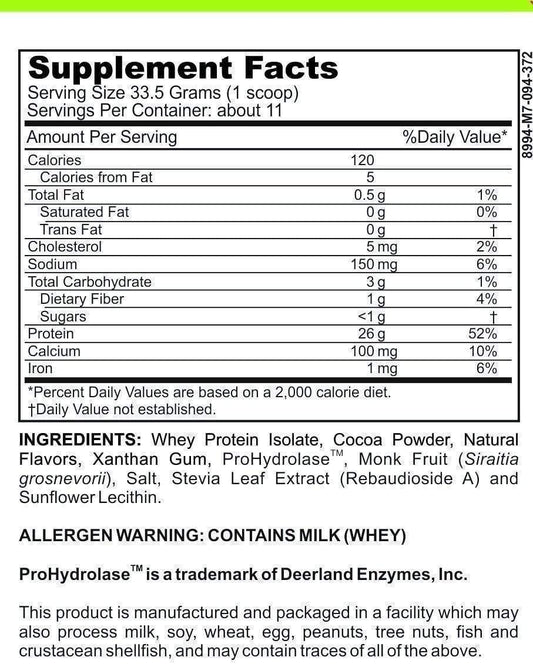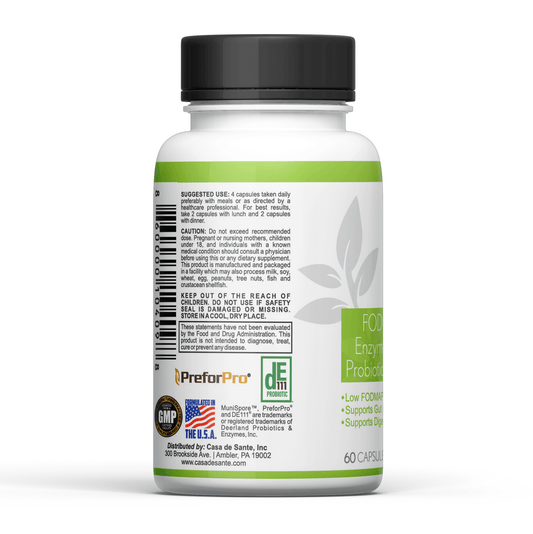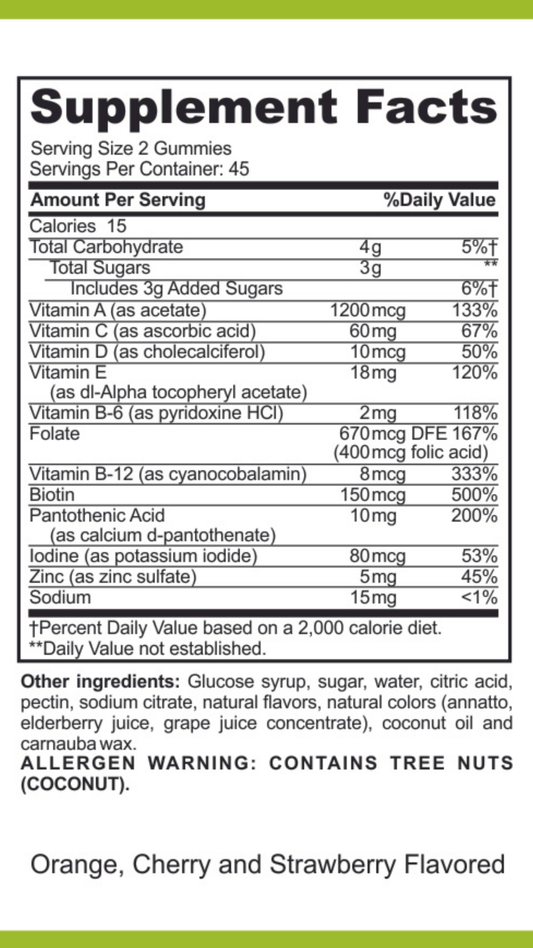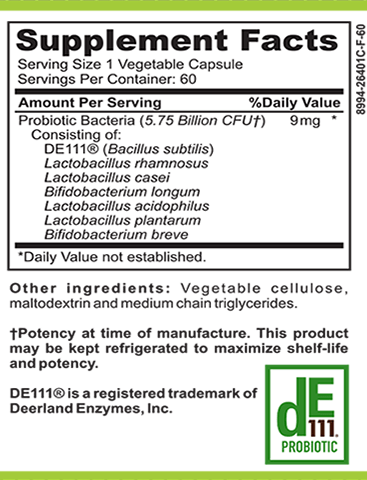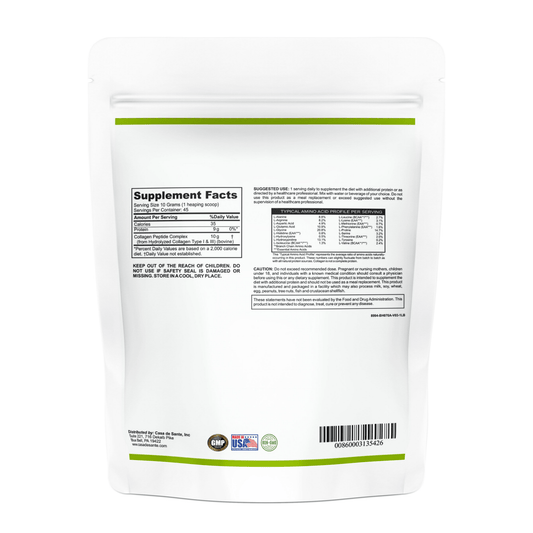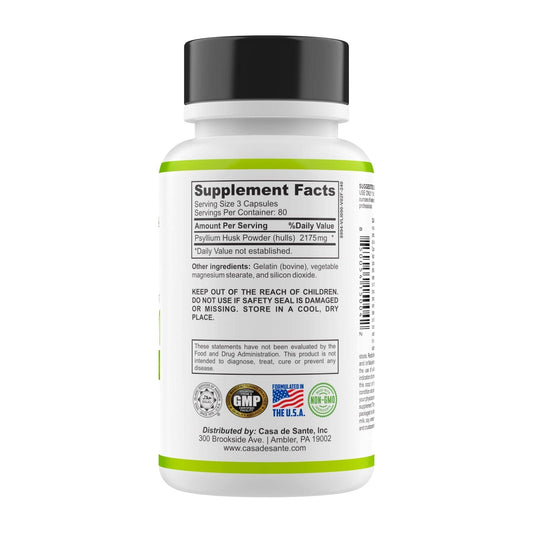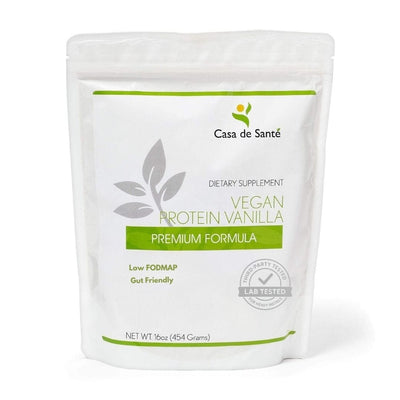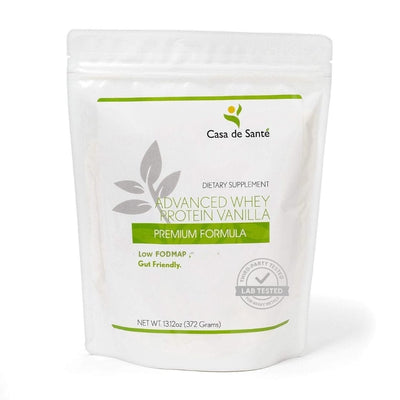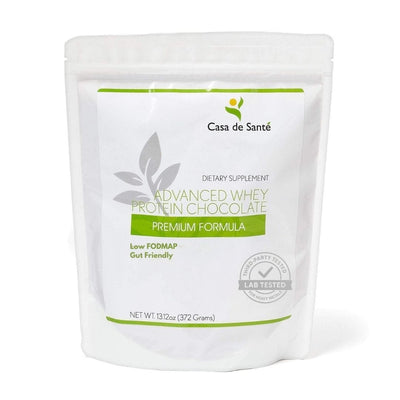How Much Does a Gallon of Milk Cost in California?
How Much Does a Gallon of Milk Cost in California?
Milk is a staple in many households, and its affordability plays a crucial role in determining consumers' purchasing decisions. In California, the price of milk is influenced by various factors, such as supply and demand dynamics, historical trends, regional differences within the state, and its comparison to national averages.
Understanding the Price of Milk
Before delving into the specifics, it's important to grasp the factors that contribute to the cost of milk in California. By comprehending these factors, consumers can gain insights into why milk prices vary and make informed decisions based on their budget and preferences.
When it comes to the price of milk, there are various factors at play. Let's take a closer look at some of the key elements that influence the cost of this essential dairy product.
Factors Influencing the Cost of Milk
Several factors influence the cost of milk, including the cost of raw materials, production expenses, transportation costs, and retail margins. In California, where dairy farming is prevalent, these factors come together to determine the retail price of milk.
Raw materials, such as animal feed and water, play a crucial role in milk production. The cost of these inputs can fluctuate based on factors like weather conditions, availability, and market demand. For example, if there is a drought in California, it can lead to a shortage of water and an increase in the cost of irrigation, ultimately affecting the cost of milk production.
Production expenses also contribute to the price of milk. Dairy farmers need to invest in equipment, maintain their facilities, and hire skilled labor to ensure smooth operations. These costs, along with factors like energy prices and regulatory compliance, can impact the overall production expenses and, consequently, the final price of milk.
Transportation costs are another significant factor in determining milk prices. Milk needs to be transported from the dairy farms to processing plants and then to distribution centers or retail stores. The cost of fuel, labor, and logistics involved in this process can influence the final retail price of milk.
Additionally, retail margins come into play when it comes to milk pricing. Retailers need to cover their operating costs and make a profit, which is reflected in the price consumers pay at the store. Factors like rent, utilities, employee wages, and marketing expenses contribute to the retail margins and, consequently, the overall cost of milk.
The Role of Supply and Demand in Milk Pricing
Supply and demand have a significant impact on milk pricing. When the demand for milk increases or the supply decreases, the price tends to rise. Conversely, if there is a surplus of milk or a decrease in demand, prices can be expected to decline.
Various factors can influence the supply and demand dynamics of the milk market. For instance, changes in consumer preferences, such as a shift towards plant-based milk alternatives, can affect the demand for traditional dairy milk. Additionally, fluctuations in population size, income levels, and consumer purchasing power can also impact milk consumption patterns and, consequently, the market's supply and demand balance.
On the supply side, factors like weather conditions, disease outbreaks among dairy cattle, and changes in government policies related to dairy farming can affect milk production. For example, extreme heatwaves can lead to reduced milk production, while favorable weather conditions can result in increased milk supply.
It's important to note that supply and demand are not static and can fluctuate over time. As a result, milk prices can experience periodic changes, influenced by various economic, environmental, and societal factors.
By understanding the factors influencing the cost of milk and the role of supply and demand in pricing, consumers can make more informed decisions when purchasing this essential dairy product. Whether it's considering the impact of production expenses or being aware of market dynamics, being knowledgeable about milk pricing can help individuals navigate the dairy aisle with confidence.
Historical Trends in California's Milk Prices
Examining historical trends in milk prices provides valuable insights into the dynamics of California's dairy industry and its impact on consumers. By understanding these trends, consumers can make predictions about future price changes and plan accordingly.
California, known for its thriving dairy industry, has a long history of producing high-quality milk. However, the price of milk in this state has not always remained constant. Over the years, it has experienced significant fluctuations, creating a dynamic market that affects both producers and consumers.
Price Fluctuations Over the Years
Over the years, the price of milk in California has experienced fluctuations. These fluctuations can be attributed to various factors, such as changes in input costs, market conditions, and government policies. Understanding these fluctuations is crucial for consumers looking to anticipate price changes and make budget-conscious decisions.
One of the key factors contributing to price fluctuations is the cost of inputs. California's dairy farmers heavily rely on factors such as feed, water, and labor. Any changes in the availability or cost of these inputs can directly impact the price of milk. For example, during periods of drought, when water becomes scarce, farmers may face increased costs for irrigation, leading to higher milk prices.
Market conditions also play a significant role in price fluctuations. Supply and demand dynamics, both within California and globally, can influence milk prices. Factors such as changes in consumer preferences, shifts in population, and fluctuations in export markets can all impact the supply and demand balance, resulting in price fluctuations. For instance, if there is an increase in demand for California milk products overseas, it could lead to higher prices domestically.
Government policies and regulations further contribute to price fluctuations. California has implemented various policies aimed at supporting its dairy industry, such as milk pricing programs and marketing orders. These policies can influence the supply and demand dynamics, ultimately affecting milk prices. Additionally, changes in federal policies, such as trade agreements or subsidies, can also impact the price of milk in California.
Comparing Past and Present Milk Prices
Comparing past and present milk prices allows us to gauge the long-term trends in California's dairy industry. By examining how prices have changed over time, consumers can gain a deeper understanding of the factors that influence milk prices and adjust their purchasing habits accordingly.
Looking back at historical data, it becomes evident that milk prices in California have followed a non-linear pattern. While the overall trend might show an increase over time, there have been periods of both significant price increases and decreases. For instance, during times of economic recession, milk prices tend to decrease as consumers cut back on discretionary spending. On the other hand, during periods of economic growth, milk prices may rise as demand increases.
Moreover, technological advancements in the dairy industry have also influenced milk prices. The adoption of innovative farming practices, such as automated milking systems or genetic improvements in cows, has increased productivity and efficiency. These advancements have the potential to impact milk prices by reducing production costs and increasing supply.
As consumers compare past and present milk prices, they should also consider the impact of inflation. Over time, the purchasing power of a dollar decreases due to inflation. Therefore, even if the nominal price of milk remains the same, the real price, adjusted for inflation, may have changed. Understanding this inflationary effect is crucial for accurately assessing long-term trends in milk prices.
In conclusion, historical trends in milk prices in California reveal a complex interplay of factors, including input costs, market conditions, government policies, technological advancements, and inflation. By examining these trends, consumers can gain valuable insights into the dynamics of the dairy industry and make informed decisions about their milk purchases.
Regional Differences in Milk Prices Within California
While California is known for its vast dairy industry, milk prices can vary significantly between different regions within the state. Understanding these regional differences is essential for consumers looking to optimize their grocery budgets and choose the most cost-effective milk options.
California, often referred to as the "Golden State," is home to a thriving dairy industry that contributes significantly to the state's economy. With its diverse landscapes and favorable climate, California provides an ideal environment for dairy farming. However, despite the state's reputation as a major milk producer, the cost of milk can vary greatly depending on the region.
Cost of Milk in Northern California
In Northern California, milk prices may differ from those in other areas due to factors such as transportation costs, local dairy production, and retail competition. The region encompasses a vast area, including major cities like San Francisco, Sacramento, and Oakland, as well as rural communities and agricultural regions.
One of the primary factors influencing milk prices in Northern California is transportation costs. Milk produced in rural areas needs to be transported to urban centers, which can result in higher prices due to logistics and fuel expenses. Additionally, the distance between dairy farms and processing facilities can impact prices, as longer transportation routes can incur additional costs.
Another significant factor is local dairy production. Northern California has a rich history of dairy farming, with numerous farms spread across the region. The availability and proximity of these farms to processing facilities can influence milk prices. When dairy farms are closer to processing plants, transportation costs can be minimized, potentially leading to lower milk prices for consumers.
Retail competition also plays a role in determining milk prices in Northern California. The presence of multiple grocery store chains and independent retailers creates a competitive market, with each establishment vying for customers. This competition can result in price fluctuations as retailers adjust their prices to attract consumers.
Cost of Milk in Southern California
Southern California may have its own unique factors affecting milk prices, including population density, distribution networks, and retail competition. The region encompasses major metropolitan areas such as Los Angeles, San Diego, and Anaheim, as well as suburban and rural communities.
Population density is a significant factor influencing milk prices in Southern California. With a higher concentration of people in urban areas, demand for milk is generally higher. This increased demand can lead to higher prices as retailers adjust their pricing strategies to meet consumer needs.
Distribution networks also play a role in determining milk prices in Southern California. The efficiency and accessibility of distribution channels can impact transportation costs, which, in turn, affect the final price of milk. Well-established distribution networks can help streamline the supply chain, potentially leading to lower prices for consumers.
Similar to Northern California, retail competition is a crucial factor in Southern California's milk prices. The region boasts a wide range of grocery store chains, specialty markets, and convenience stores. This competitive landscape can result in price variations as retailers strive to attract customers by offering competitive prices and promotions.
As consumers navigate the milk market in California, it is important to consider these regional differences in pricing. By understanding the various factors at play, individuals can make informed decisions when purchasing milk and optimize their grocery budgets. Whether residing in Northern or Southern California, being aware of transportation costs, local dairy production, and retail competition can help consumers choose the most cost-effective milk options available.
How California's Milk Prices Compare Nationally
It is not only helpful to understand milk prices within California but also how they compare to the national average. By comparing California's milk prices to those in other states, consumers can determine whether they are paying more or less for milk and gain insights into the broader market dynamics.
Milk Prices: California vs. Other States
Comparing milk prices between California and other states allows consumers to evaluate the cost of milk relative to the national average. Understanding such comparisons can help consumers assess the competitiveness of milk prices in their region and make well-informed purchasing decisions.
Understanding the National Average of Milk Prices
The national average of milk prices provides a benchmark that consumers can use to assess the cost of milk in California. By understanding how California's prices align with the national average, consumers can determine if they are paying more or less compared to the rest of the country.
The Impact of California's Dairy Industry on Milk Prices
California's dairy industry has a substantial influence on milk prices within the state. By examining the role of California's dairy farms and the impact of dairy policies, consumers can gain insights into the factors shaping milk prices in their region.
The Role of California's Dairy Farms
California's dairy farms play a crucial role in determining milk prices. The size of the industry, technological advancements, farm expenses, and milk production levels all contribute to the overall pricing structure. Understanding the role of these farms is vital for consumers looking to support local producers and comprehend the pricing dynamics of milk.
How Dairy Policies Affect Milk Prices
Dairy policies implemented at the state and federal levels can impact milk prices in California. Policies relating to farm subsidies, milk production controls, and government regulations have wide-ranging effects on the dairy industry and, consequently, on the prices consumers pay for milk. Understanding these policies can help consumers understand the underlying dynamics behind milk prices.
In conclusion, the price of a gallon of milk in California is influenced by various factors, including supply and demand dynamics, historical trends, regional variations, and dairy industry impacts. By staying informed about these factors, consumers can make well-informed decisions about purchasing milk and manage their household budgets more effectively.

